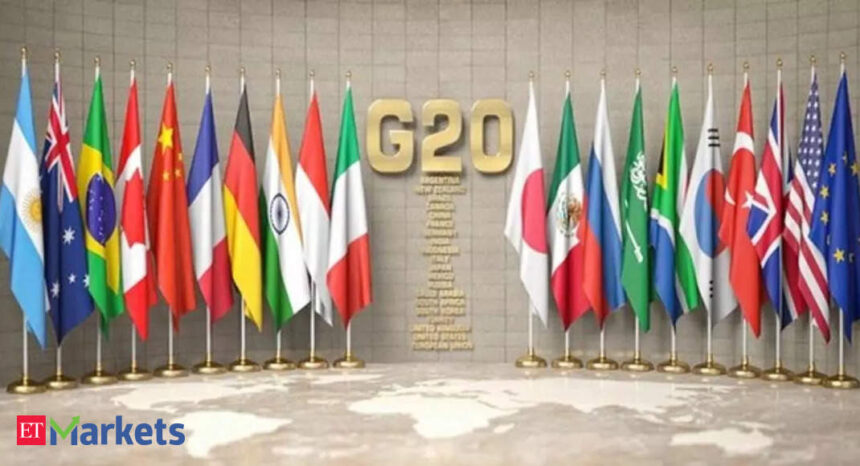Today, era-defining technologies such as artificial intelligence (AI) and Web3 are upon us. Adoption of AI could add $500 billion to national GDP in the next two years, while Web3 could contribute as much as $1 trillion over the next decade, NASSCOM noted. Their impact in our everyday lives and how we conduct businesses will be extensive. While AI is changing how we navigate the internet and access date, among other things, Web3 is poised to transform the underpinnings of the internet—how data is stored and controlled.
India should closely study this impending transformation, and impart its India’s experiences, learnings, and models as possible templates for others, particularly the developing world. As the leaders of the world’s biggest economies gather in New Delhi to discuss matters of urgency—immediate and long-term—at the G20 Summit, my hope is, it is this context that would shape India’s approach.
The upside here is immense. Forethought by our policymakers, the demographic dividend, and the ambition of our startups and private sectors have elevated the median at which India operates. At 7.8% in the first quarter of the financial year 2023, India is the fastest growing major economy in the world. At a global scale, India is to contribute 15% of the global growth in 2023, as per the International Monetary Fund (IMF).
The macroeconomic outlook looks even brighter when accounting for our ever-improving workforce and digital infrastructure—the drivers of future growth. According to the India Skill Report 2023, there’s been over 400 basis point increase in overall employability among India’s youth. India Stack, the foundational public digital infrastructure, has expanded our financial capabilities faster than ever possible. Aadhaar has helped the nation double the bank account ownership in a decade, the World Bank noted. UPI QR codes dot our landscape—from push cart to airport terminals. To borrow the words of Nandan Nilekani, with Aadhaar, India has achieved in 9 years what would have taken us 47 years before.
A Paradigm Shift
This establishes a new baseline for India, equipping us better to navigate the new digital era. Large language models (LLM) have given us a preview of their capabilities: sifting through troves of backdata to predict the next step. The immense power of these models, while beneficial, also raises the specter of competition and data integrity. My reading is, this would renew interest in decentralized data storage and privacy-preserving tools—technologies central to Web3.
There is already a lot of pioneering work done in this field, such as on decentralized file storage and privacy-preserving zero-knowledge proof. Today, these tools are implemented mostly in the circular economy of crypto. But these separations will disappear overtime as our digital life becomes indistinguishable from real-world life, and our digital assets become as significant as physical assets. Tools that today serve the crypto economy, then, would be central to everyday lives.
As a nation of 1.4 billion people, ambitious to shed our historical baggage and leapfrog even the developed world, it is then imperative for India to keep this long-term horizon in mind as we balance the current concerns around frontier technologies. The foresight we show today will define our place in this future.
With over 70,000 startups and 100 unicorns, India’s innovation ecosystem is primed for taking on the challenge of developing and shaping frontier technologies for the betterment of billions. And, India’s policymakers have demonstrated their intent on establishing leadership in technology. Synchronization of India’s strategic ambitions with the pathbreaking capabilities of our startups can catapult India ahead in this coming digital revolution.
(The author, Ashish Singhal, is Co-Founder and CEO, CoinSwitch)








